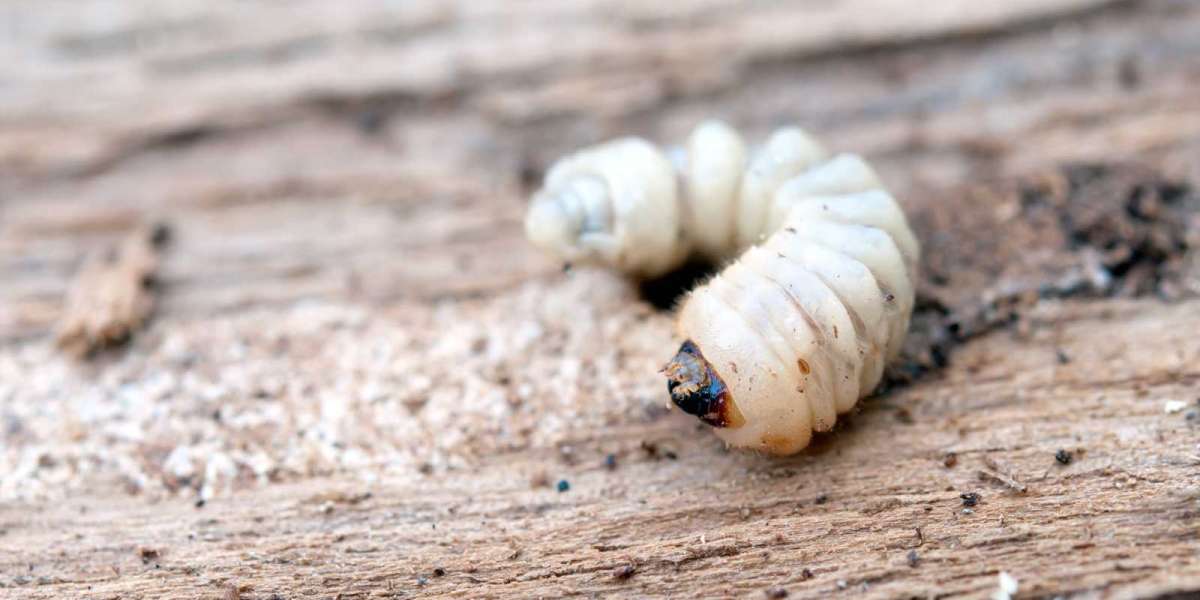Woodworm infestations are a common issue in many Portsmouth homes. These pests, which are the larvae of beetles, can cause significant damage to wooden structures and furnishings. Effective woodworm treatment is essential to protect your home and maintain its structural integrity. This guide will walk you through everything you need to know about woodworm treatment services in Portsmouth, including how to identify infestations, available treatment options, and how to choose the right professionals for the job.
Understanding Woodworm Infestations
Woodworm refers to the larvae of various beetles that feed on wood, creating tunnels and causing damage as they grow. The most common woodworm beetles in the UK include:
- Common Furniture Beetle: Known for infesting softwoods and causing visible damage.
- Deathwatch Beetle: Prefers hardwoods and produces a distinctive ticking noise.
- Powderpost Beetle: Infests hardwoods and reduces them to a fine powder.
Recognizing the type of beetle involved is important for choosing the most effective treatment method.
Identifying Woodworm Infestations
Before treatment can begin, it's essential to identify whether you have a woodworm infestation. Here are some key signs to look for:
1. Exit Holes
Exit holes are a primary indicator of woodworm activity. These small holes, usually 1-2mm in diameter, are where adult beetles have emerged from the wood. If you find these holes in wooden beams, floorboards, or furniture, it's a clear sign of an active infestation.
2. Frass (Wood Dust)
Frass is the powdery substance produced by woodworm larvae as they feed. It accumulates around exit holes and can often be found on surfaces near the infested wood. The presence of frass indicates that larvae are actively feeding on the wood.
3. Wood Damage
Inspect wooden surfaces for signs of damage. Infested wood may appear soft, spongy, or crumbly. You might notice irregular holes or tunnels in the wood, which are indicative of larvae feeding inside.
4. Noise
Certain beetles, such as the Deathwatch Beetle, produce a distinctive ticking or tapping sound. This noise, caused by the beetles knocking their heads against the wood, can be heard in quiet rooms and suggests an infestation.
Types of Woodworm Treatment Services
If you identify signs of a woodworm infestation, various treatment methods are available to address the problem. Here are some common woodworm treatment services:
1. Chemical Treatments
Chemical treatments are among the most common methods for treating woodworm infestations. These treatments include:
- Surface Sprays: Applied directly to the wood's surface to kill adult beetles and larvae.
- Deep-Penetrating Insecticides: These chemicals penetrate the wood, targeting larvae and providing long-lasting protection.
Professional woodworm treatment providers in Portsmouth use specialized chemicals to ensure effective treatment. Always follow the manufacturer’s instructions and safety guidelines when using these products.
2. Heat Treatments
Heat treatments involve raising the temperature of the infested wood to a level that is lethal to woodworms. This method is effective for killing larvae and adult beetles without the use of chemicals. Heat treatments are particularly useful for severe infestations and can be performed by professionals with specialized equipment.
3. Cold Treatments
Cold treatments involve freezing the infested wood to kill woodworms. This method is less common but can be effective for localized infestations. Cold treatments require professional equipment to ensure that the wood is cooled to the appropriate temperature.
4. Fumigation
Fumigation is a more intensive treatment method used for severe infestations. It involves enclosing the infested area in a tent and releasing a fumigant gas to penetrate all wooden surfaces. This method is highly effective but requires professional expertise and is usually reserved for significant infestations.
Preventing Future Infestations
Preventing woodworm infestations is as important as treating existing ones. Here are some steps you can take to protect your home:
1. Control Moisture Levels
Woodworms thrive in damp conditions. Fix any leaks and ensure that areas prone to high humidity are well-ventilated. Use dehumidifiers to maintain low moisture levels and prevent woodworm attraction.
2. Maintain Good Ventilation
Ensure that all parts of your home, particularly attics, basements, and crawl spaces, are well-ventilated. Proper airflow helps to reduce humidity and makes conditions less favorable for woodworms.
3. Regular Inspections
Conduct regular inspections of wooden structures, furniture, and flooring to detect early signs of woodworm activity. Early detection allows for prompt treatment and minimizes potential damage.
4. Treat Wood with Preservatives
Applying wood preservatives can create a protective barrier against woodworms and other pests. Choose a preservative suitable for the type of wood in your home and follow the manufacturer's instructions for application.
5. Repair and Replace Damaged Wood
Promptly repair or replace any damaged wood to prevent woodworms from having access to weakened areas. Reinforcing structural timbers and replacing affected flooring can help protect your home from future infestations.
Choosing the Right Woodworm Treatment Professionals
When dealing with woodworm infestations, selecting the right professionals is crucial. Here’s how to choose the best experts for woodworm treatment Portsmouth:
1. Check Qualifications and Experience
Ensure that the company you choose has relevant qualifications and experience in woodworm treatment. Look for licensing and accreditation from recognized industry bodies.
2. Read Reviews and Ask for References
Check online reviews and ask for references from previous clients. This will provide insight into the quality of their work and customer satisfaction.
3. Obtain Multiple Quotes
Get quotes from several providers to compare prices and services. This will help you make an informed decision and ensure you’re getting the best value for your money.
4. Verify Insurance and Warranties
Ensure that the professionals you choose have adequate insurance coverage and offer warranties on their work. This provides protection in case of any issues or additional repairs needed.
Conclusion
Preventing and addressing woodworm infestations is essential for maintaining the health and value of your Portsmouth home. By understanding the signs of woodworm damage, exploring available treatment options, and taking preventive measures, you can protect your property from these destructive pests. If you suspect an infestation or need expert help, don’t hesitate to contact local professionals specializing in woodworm treatment Portsmouth. Their expertise will ensure that your home remains safe and secure, allowing you to enjoy a well-preserved and structurally sound property.








